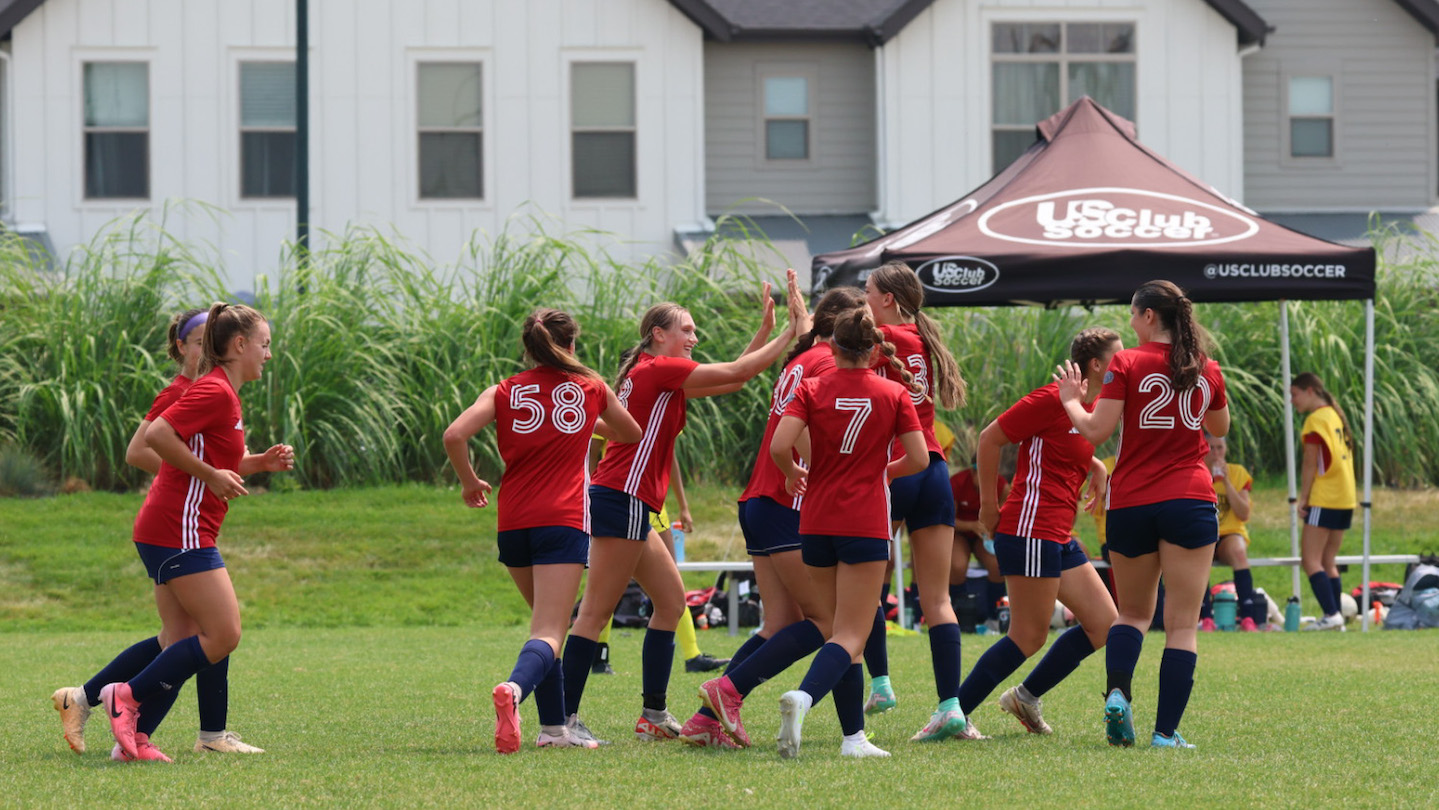Why youth soccer’s governing bodies are adjusting age group cycle to Aug. 1-July 31

Via US Club Soccer – US Club Soccer, US Youth Soccer and AYSO have announced an adjustment to the previously announced age group cut-off decision.
While the age group formation is currently based on a Jan. 1-Dec. 31 timeframe (“birth year”), these organizations announced in March an anticipated change to Sept. 1-Aug. 31 to be effective as of the 2026-27 season.
Now, after additional information and feedback, the organizations are revising that to an Aug. 1-July 31 timeframe. The implementation timeframe of each Organization Member’s 2026-27 season/registration year remains the same.
Why is the age group cut-off changing from January 1 (birth year ages)?
There are multiple reasons for this change.
First, the Aug. 1 age group cut-off most effectively reduces the number of “trapped players” in youth soccer and reduces negative impacts on these players at multiple stages of their career. “Trapped” players are those who, due to soccer age group cut-offs, are in an older soccer age group than their school year. Trapped players have significantly reduced competition opportunities and disrupted training experiences in 8th grade (when most of their team is in high school) and are similarly negatively impacted four years later when players from the older soccer age group, but who are still in high school, are moved down into the same soccer age group.
“Youth soccer has been talking about January 1 vs. August 1 for years,” said Mike Cullina, US Club Soccer CEO. “From my experience managing two clubs and a league in Virginia, a range of 2-5 players per team were negatively impacted by a Jan. 1 cut-off date in their eighth grade and high school senior years. US Club Soccer’s staff and board of directors regularly communicate with our leagues and clubs, and we’ve determined that that range remains accurate today.
“That’s a huge number of kids who have been adversely affected by the January 1 cut-off date. While coming to this decision has taken additional time, improving the experiences of hundreds of thousands of players was worth the extra time to gather research – particularly team rosters with graduation years and school start dates – and most importantly, listen to the youth soccer community.”
Second, an Aug. 1 age group cut-off best aligns soccer age groups with school year ages, maximizing the number of players who participate in soccer programs with their school-year friends. This alignment has a positive correlation with increased numbers of youth players entering and staying in the sport.
This decision to move to the Aug. 1 cut-off reverts to the same age group cut-off used prior to 2017, when U.S. Soccer mandated a Jan. 1-Dec. 31 timeframe. U.S. Soccer removed this mandate in late 2024, empowering its Organization Members to make the most appropriate age group formation decision for their members. US Club Soccer, US Youth Soccer and AYSO – the three largest youth soccer organizations in the country – have remained in lockstep in making these decisions, recognizing the importance of consistency across the landscape.
Why is Aug. 1 a better age group cut-off than Sept. 1?
Initially, US Club Soccer, US Youth Soccer and AYSO had determined to use a Sept. 1 age group cut-off instead of Aug. 1. After receiving significant feedback and identifying missing information in Department of Education school year cut-off lists, it has been determined that the Aug. 1 cut-off best reduces misalignment between age and school year. The Aug. 1 cut-off reduces not only the trapped player effect, but it also reduces the number of “force-ups,” a term referring to players in a younger soccer age group but older school year who must play up an age group in order to be with their school-year friends.
US Club Soccer believes:
- An Aug. 1 age group cut-off best balances the desire to reduce both the number of “trapped” players and the number of “force-ups” in youth soccer.
- A Jan. 1 age group cut-off creates the highest number of trapped players and negatively impacted youth players.
- No age group cut-off will eliminate all trapped players or force-ups. States and counties throughout the country have widely different school year cut-offs, and this variance will always result in some number of trapped players or force-ups regardless of age group cut-off date.
- There is no soccer developmental benefit to any specific age group cut-off, and no age group cut-off reduces concerns of relative age effect or changes the number of players impacted by relative age effect. Relative age effect is the phenomenon of players born in the first three months after an age group cut-off to be over-represented in identification programs due to early maturation compared to their age-group peers.
- Age group cut-offs have no correlation or relationship with level of play or level of soccer aspiration. Various soccer age group cut-offs are used across the world in youth soccer, in both amateur and professional programs.
Again, please note that this decision is effective beginning with each Organization Member’s 2026-27 season/registration year.
















